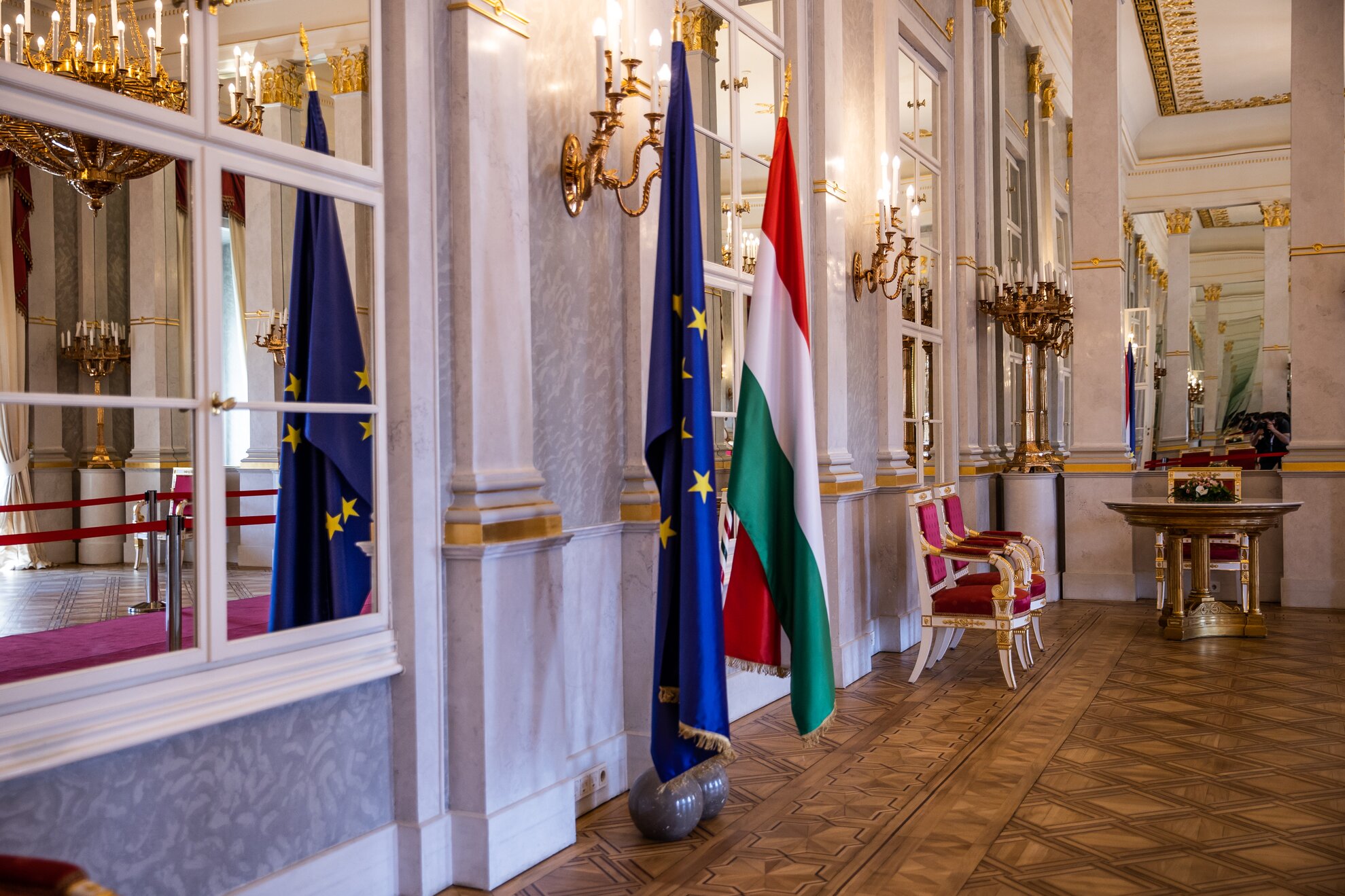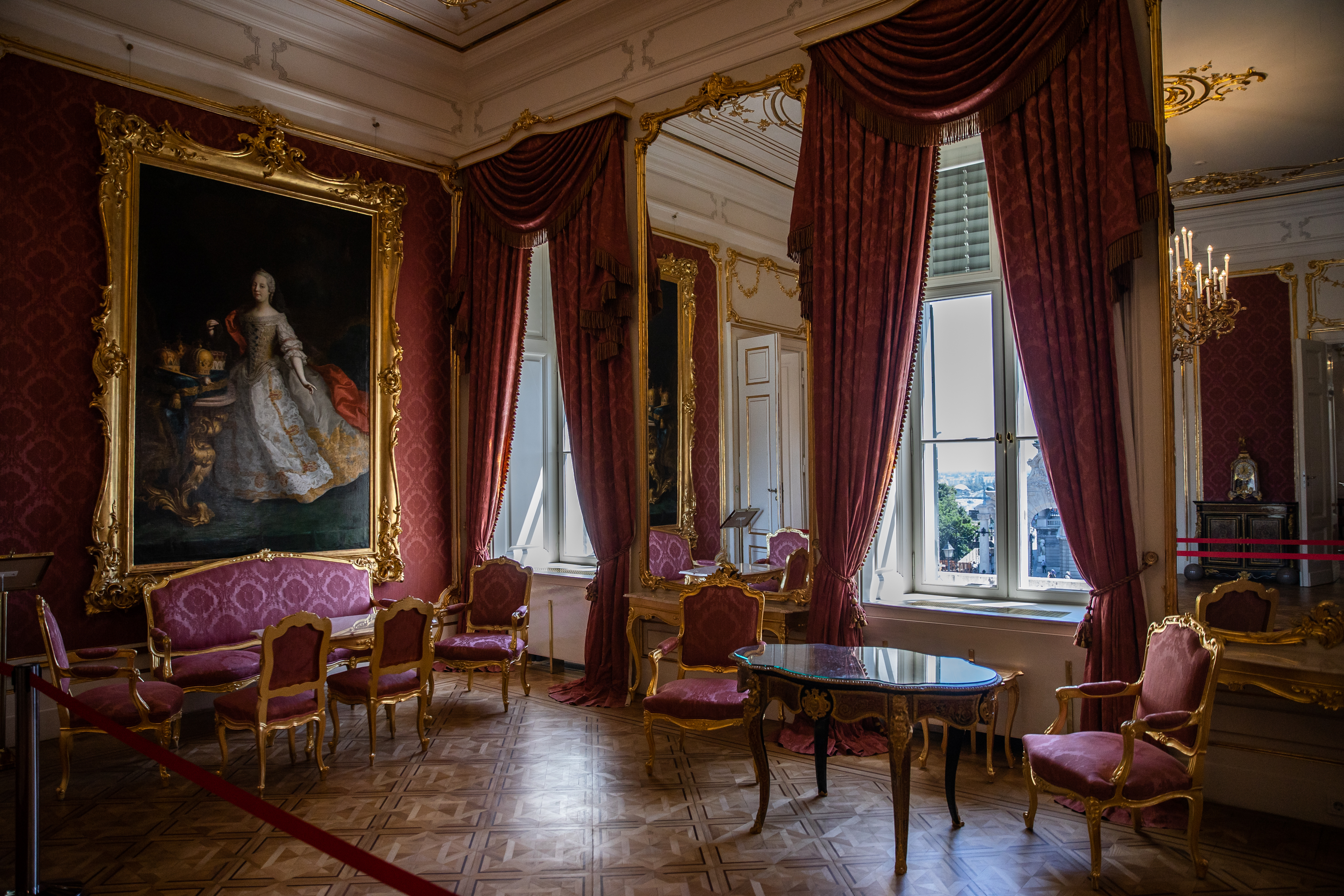After the expulsion of the Turks in 1686, military buildings stood on Szent György tér for some time, most of them in use until the end of the 18th century, including the barracks where the Sándor Palace now stands. Since the Classicist style based on the foundations of Greek and Roman tradition was in vogue in the early 1800s, royal chamberlain Vince Sándor built his palace in this fashion.
Since the building was essentially destroyed during
the Siege of Budapest in 1944-45, along with all its art treasures and furnishings,
and even its original plans, the identity of the architect is still a matter of
debate to this day.
It is likely that the basic concept was created by Johann
Aman, the head of the Vienna Court Architectural Directorate, while the
decoration of the interior spaces and the management of the construction were the
responsibility of Mihály Pollack, who also designed the National Museum.
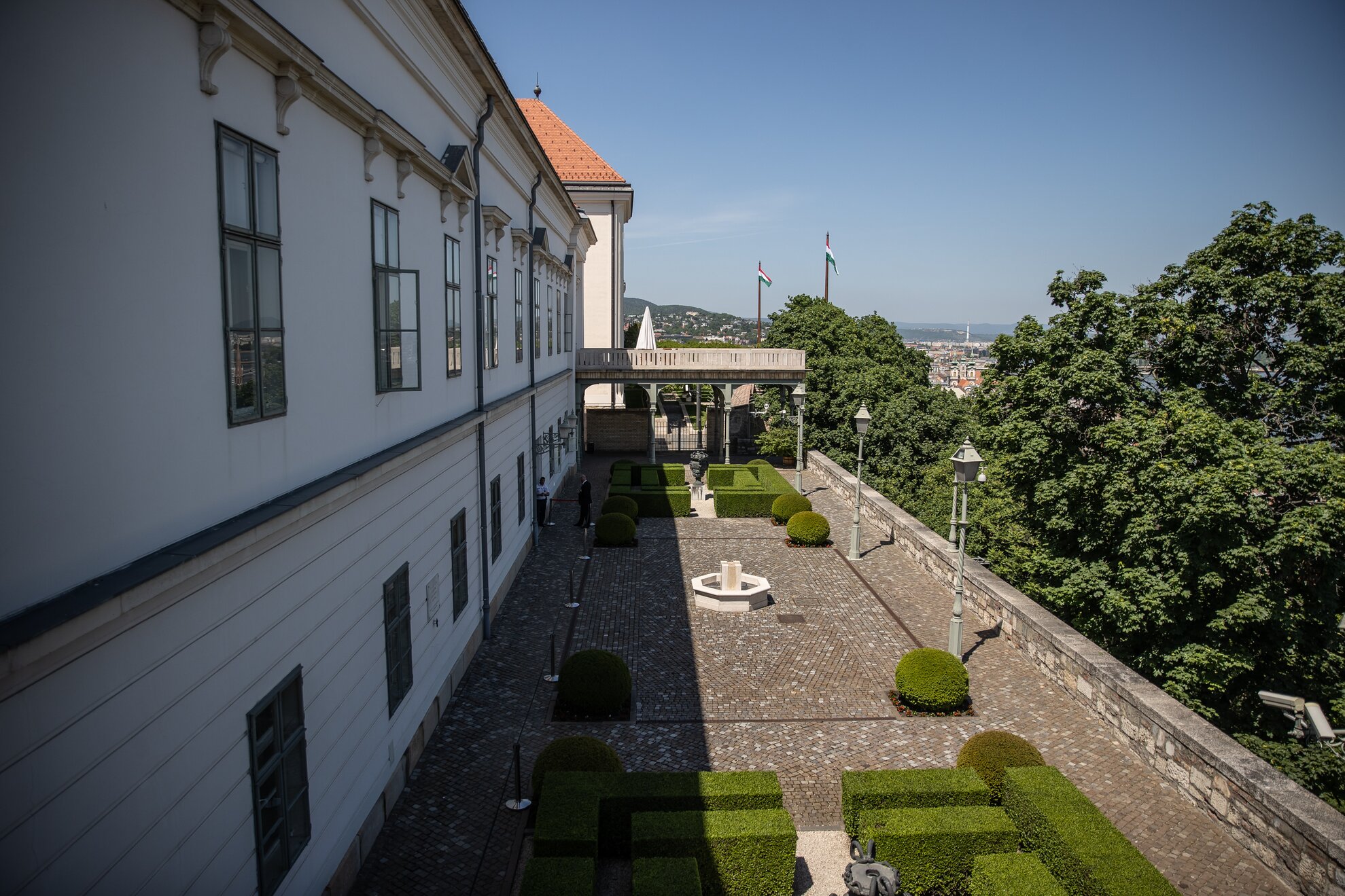
Despite the fact that the palace looks quite puritanical from the outside, the impression is completely different once you step through the door. From a detailed description from 1822, we know that it had colourful rooms, richly decorated with silk and gold.
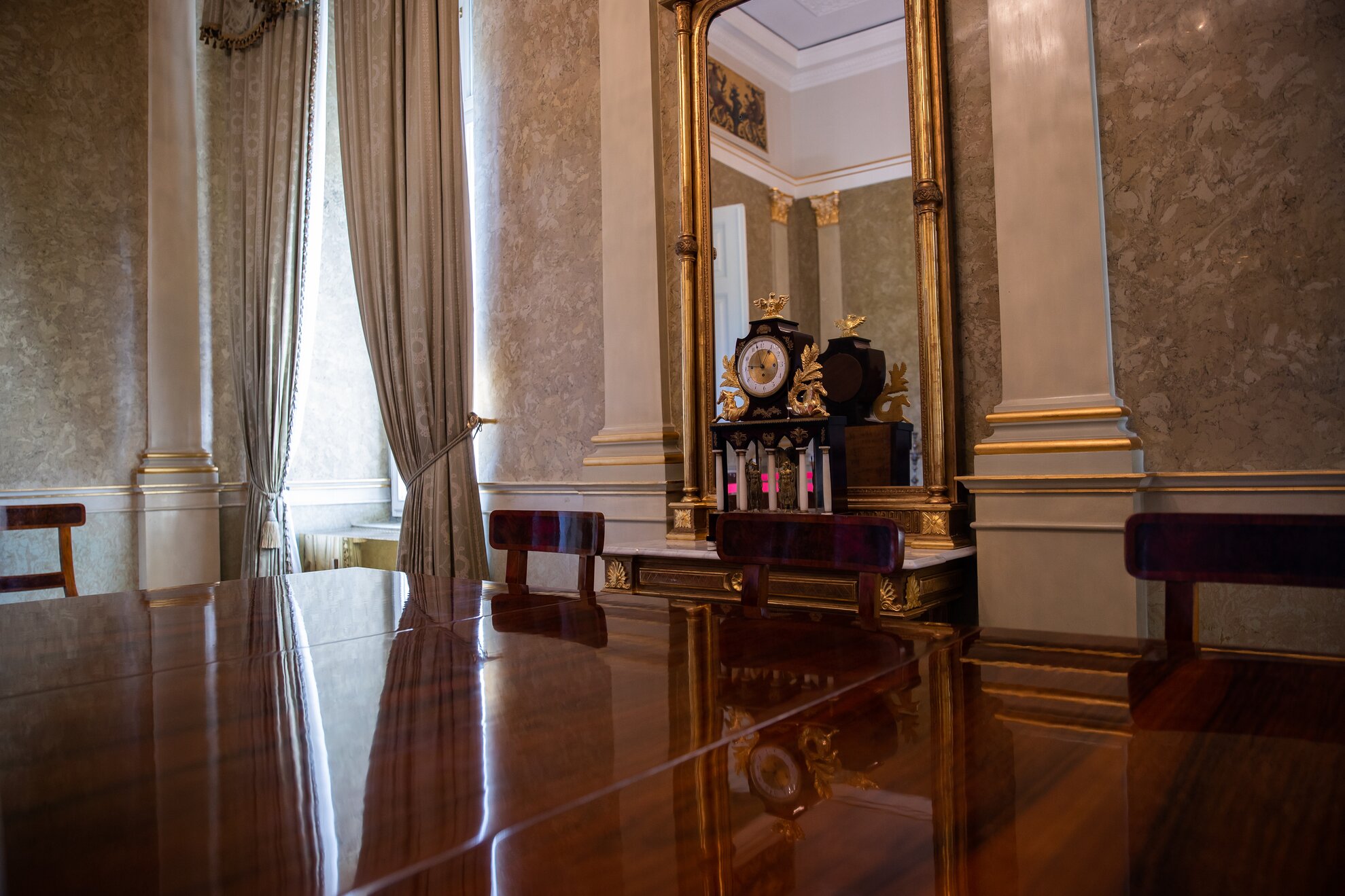
There was a playroom festooned with yellow-and-blue silk, a salon covered with tapestry made in the 18th century, green, red and yellow upholstered walls, with a hall of mirrors decked in white marble. Moreover, there was even steam heating and running water, a rarity for its day. The complete restoration of the building was completed in 2002, the interiors reflecting the original of 1806, the furniture how it was between the wars.
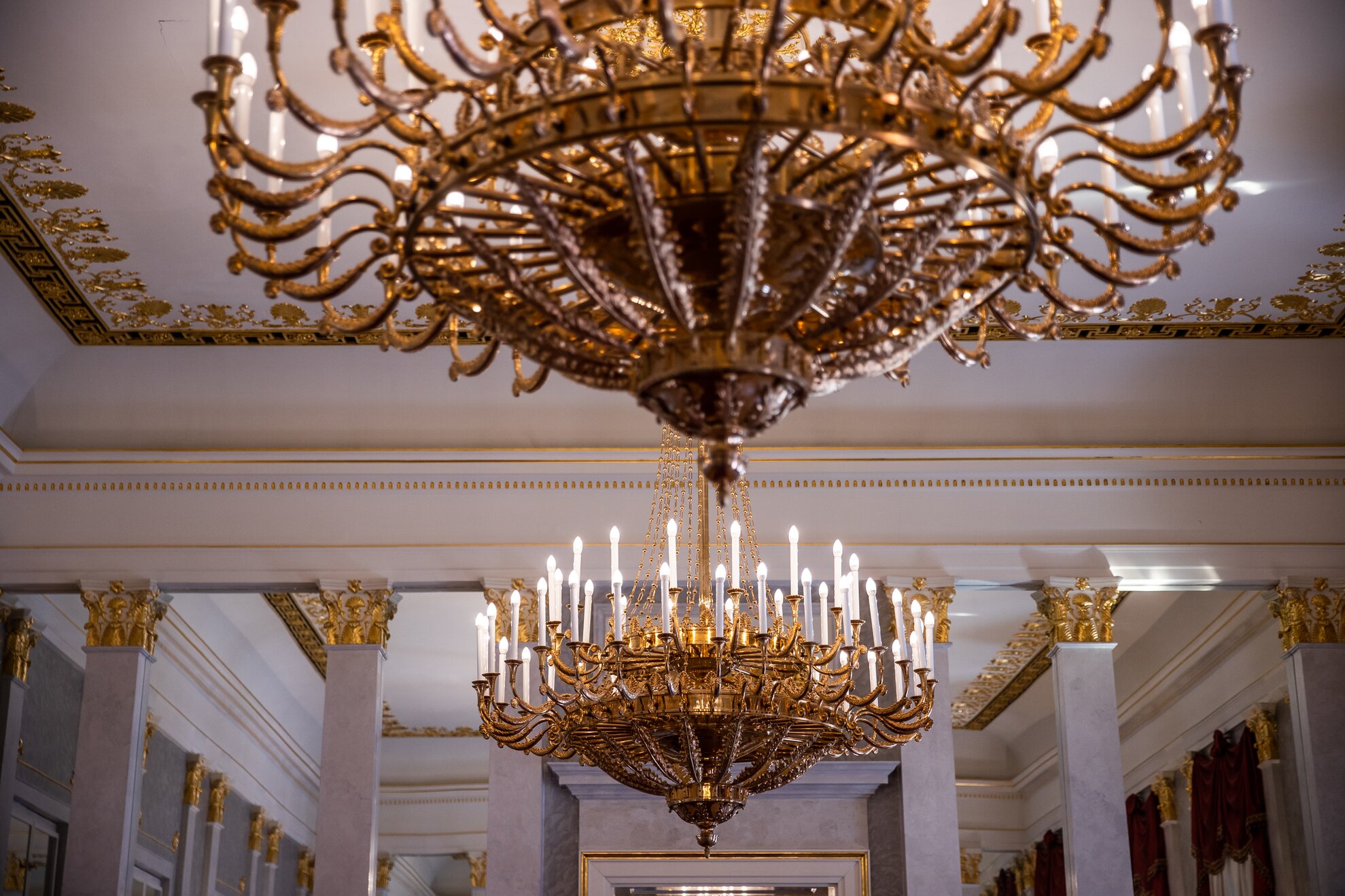
The Sándor family were not known for their simplicity.
Vince, for example, had a secret corridor built between the palace and the
Castle Theatre so that he did not have to go out into the street, while his son,
Móric Sándor, rode around the building on horseback.
Even though his
father was highly protective, Móric after inheriting all titles and estates, he
started doing extreme stunts. Not only did he fall in love with riding, it
became his crazy passion.
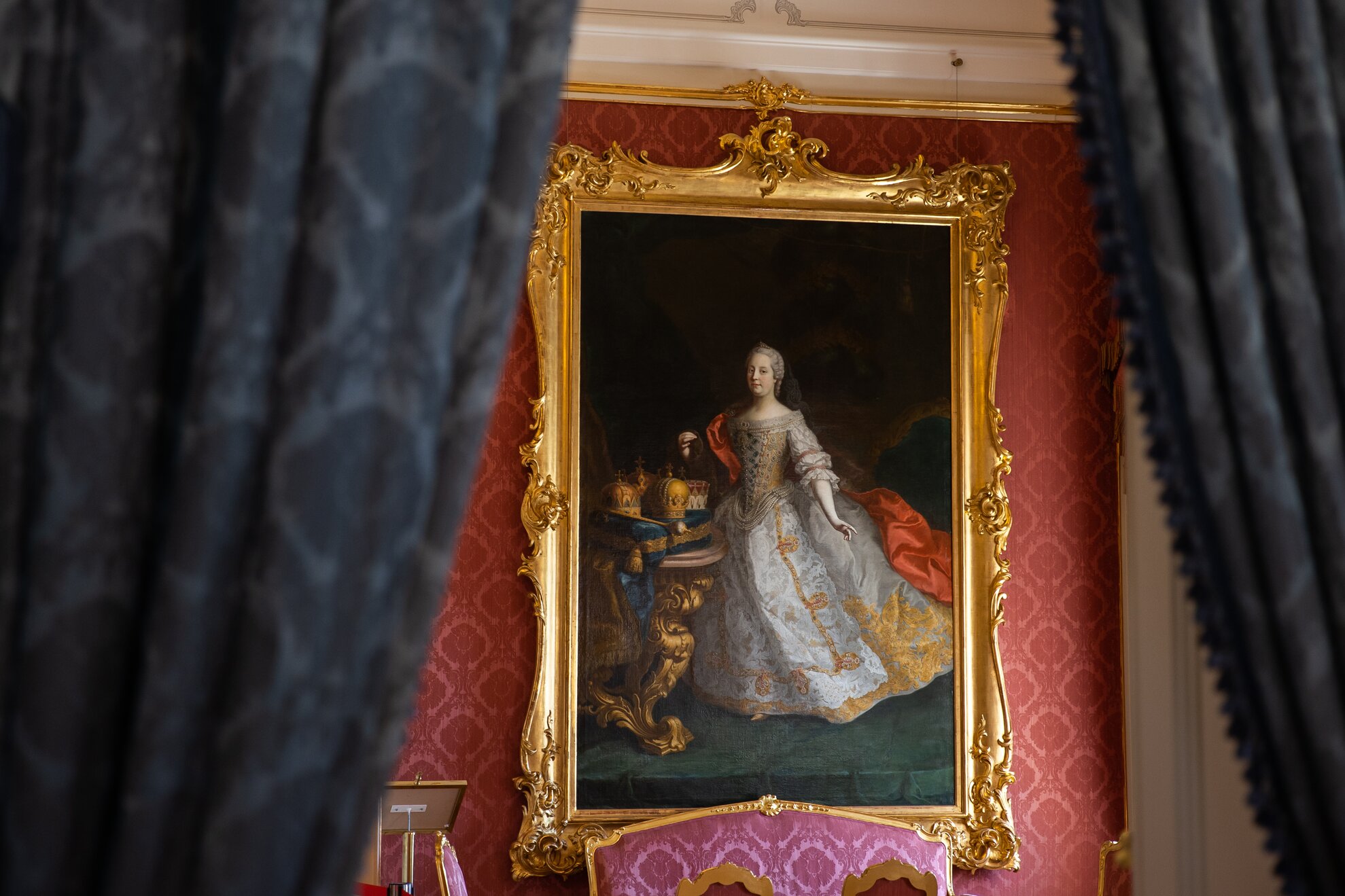
At first he only played around with a pole, but later he sat on a horse without a saddle and was able to tame an animal believed to be unbreakable in England, and even won a race with it. After this, he was referred to as the Devil Rider. His first show in Deák Ferenc utca saw him jump out of two carriages with his horse, above a row of three other horses.
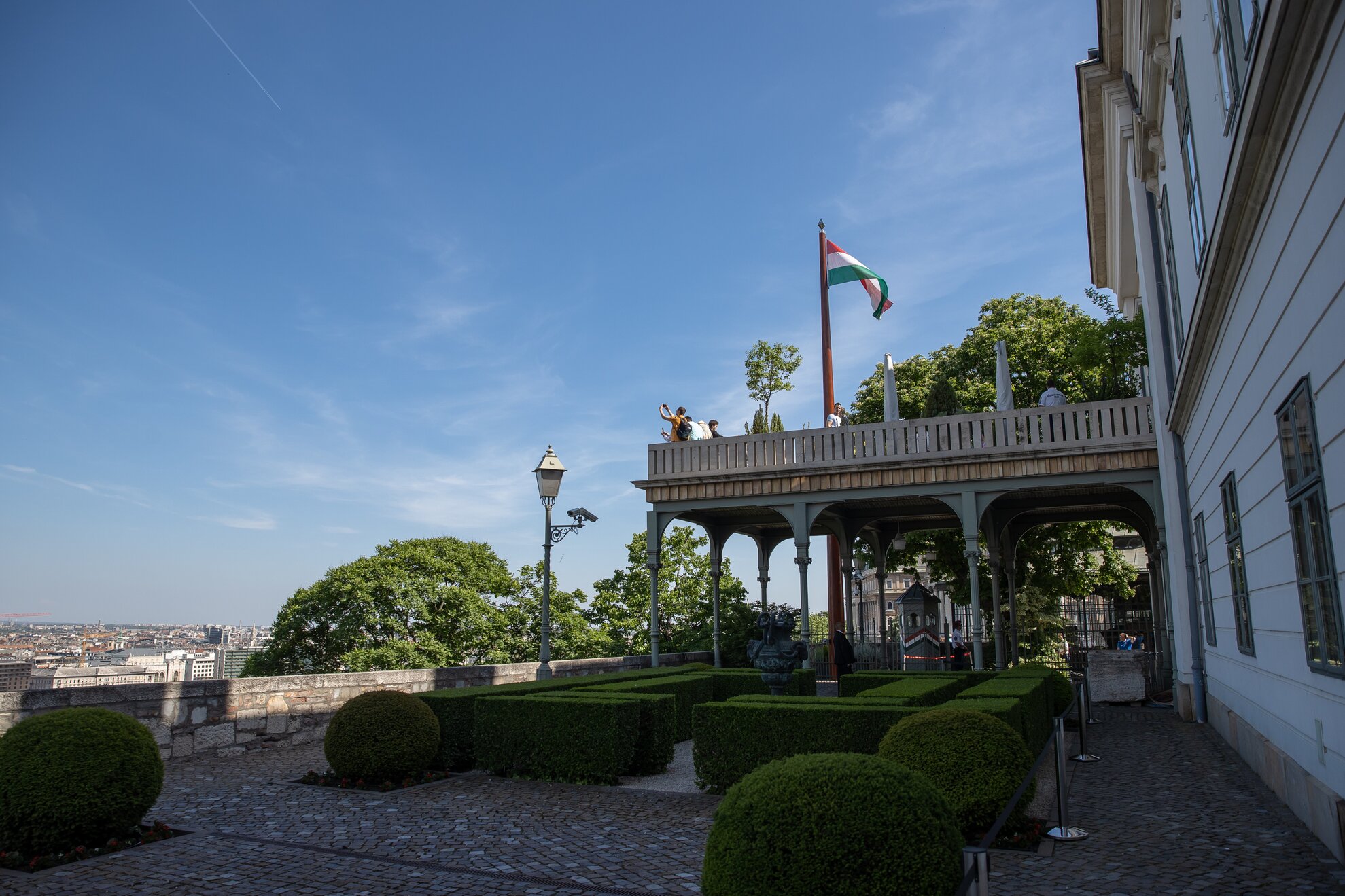
After the defeat in the 1848-49 War of Independence,
Hungary’s governor, Prince Albert, moved into the palace. In 1867, Count Gyula
Andrássy proposed the idea of turning it into a government residence and
becoming the home of the Hungarian Prime Minister. The renovation and
transformation works were carried out according to the plans of Miklós Ybl of
Opera House fame.
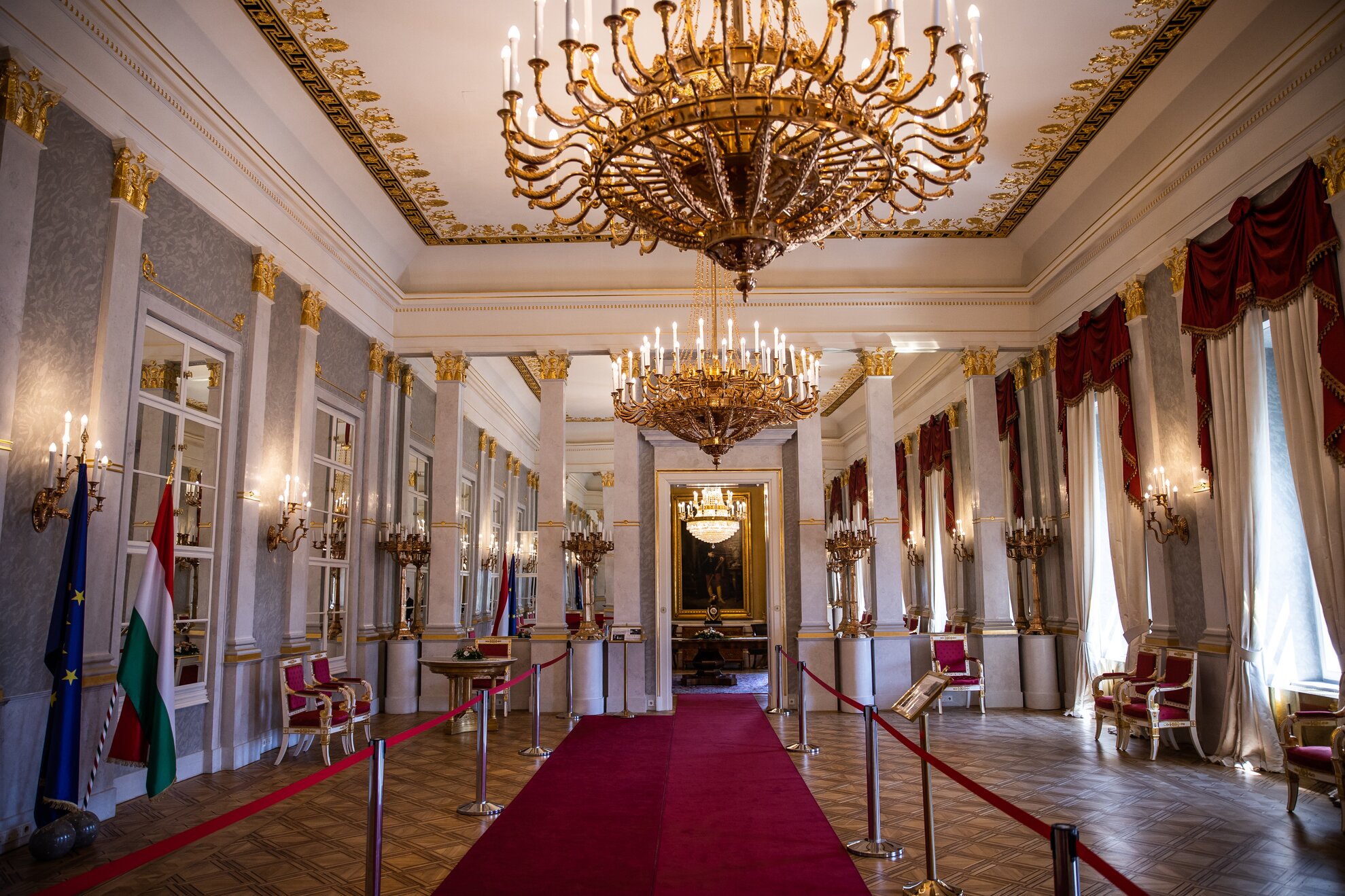
The Red Salon, today the Maria Theresa Salon was duly created, decorated with stucco designed by Ybl. A total of 16 prime ministers lived in the palace until 1945, including Pál Teleki, who committed suicide here on the night of 2-3 April 1941, after Hungary’s neutrality had been compromised.
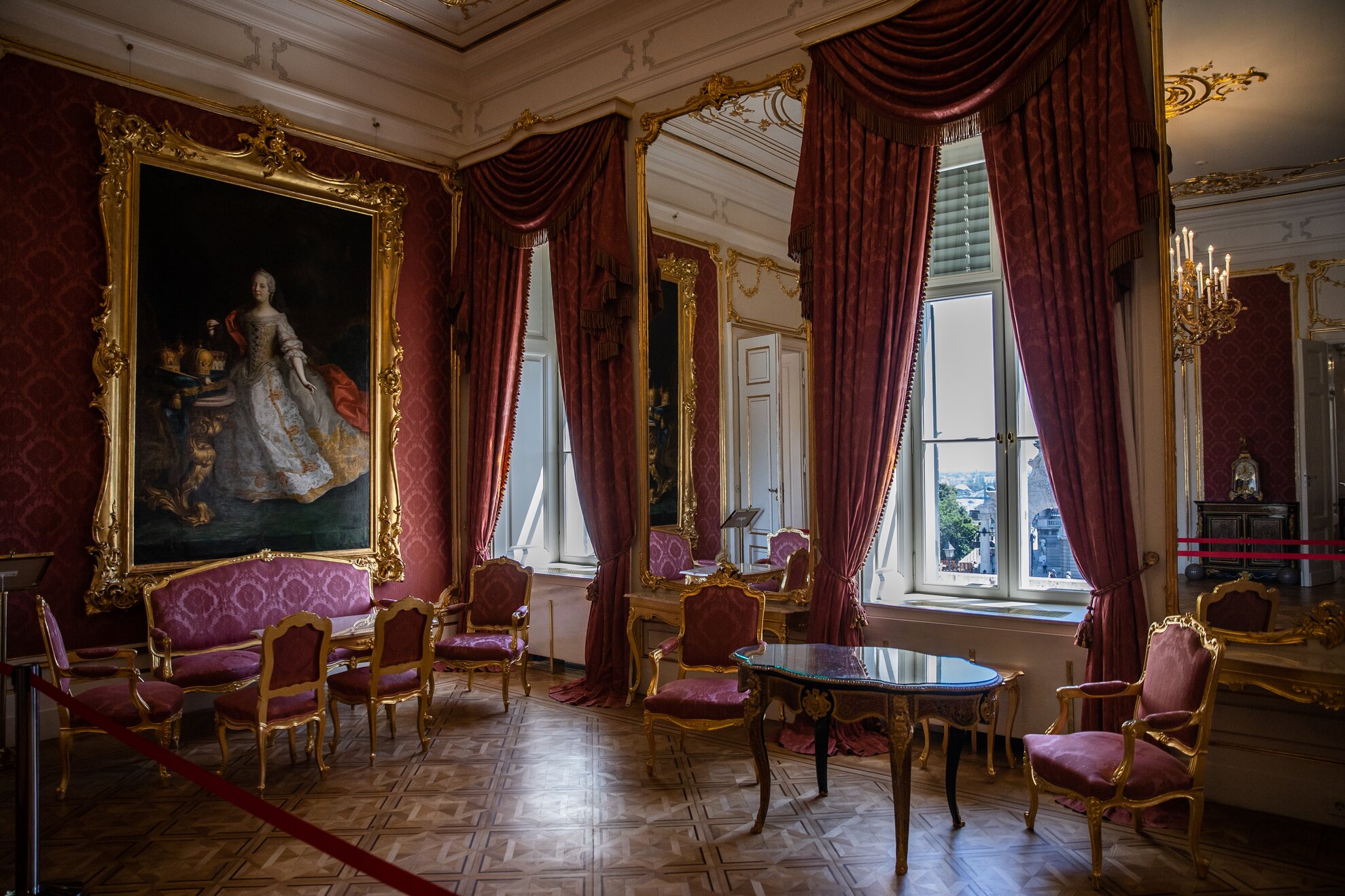
During the war, the southern part of the Sándor Palace completely collapsed, most of the art treasures were destroyed, before a single bomb took away the lot. Reconstruction was basic, and it was suggested that the exhibition of the Museum of Recent History be placed here, but in the end it became a warehouse.
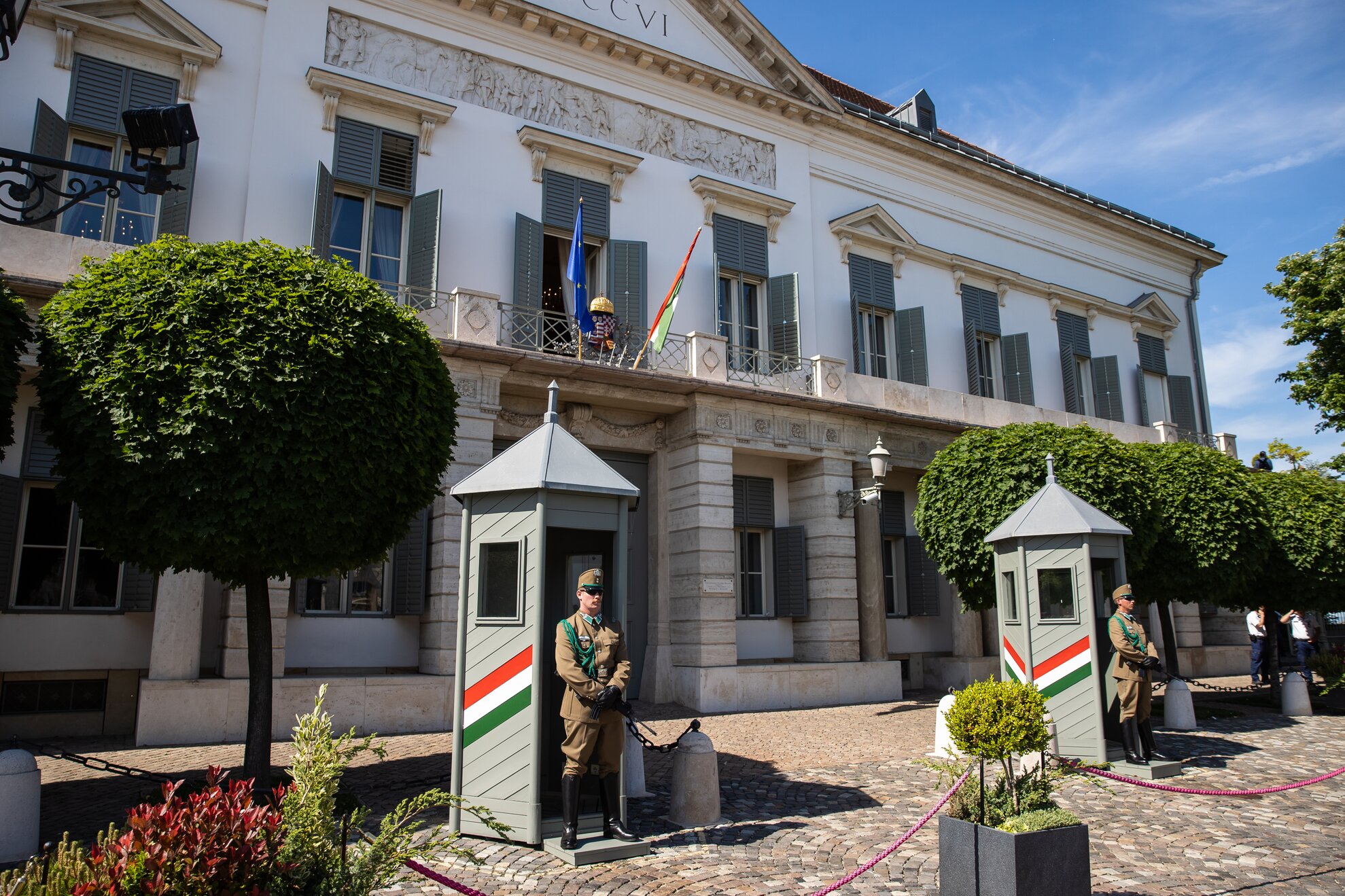
For some time, it was only patched up every now and then, before in 2000, a complete reconstruction began. According to the plans at the time, the Sándor Palace would once again operate as the Prime Minister’s residence, but in the end it became the home of the President of the Republic.
